Ana and Lúcio are still top picks in both ranked and professional Overwatch, but Mercy is resurrecting her own pick rates—to a point.
Consistent patching from Blizzard changes the Overwatch meta nearly weekly, albeit not all weeks’ adjustments are equal in scope. So far, Blizzard’s nerfs have been aimed at one particular support: Ana. And now we’re starting to see players, especially at a very high level, willing to deviate away from the healing sniper, according to Overwatch statistics site Overbuff.
In late January, Blizzard majorly nerfed Ana’s biotic grenades—directly targeting their use in the dreaded tank meta. Ana continued to get hit by nerfs in March, this time targeting her biotic rifle’s damage. Blizzard’s damage nerf seemed to do the trick—though it’s not the only factor for the tank meta’s demise—and data is tracking a slight but steady decline for Ana. But it’ll likely hit a certain point and stop, at least at very high levels and in professional play, because of Mercy’s limited viability.
In competitive play, Mercy really only works in conjunction with Pharah. Teams whip out the strategy, deemed PharMercy, when aggression is being prioritized. Shooting high into the air, Pharah can target enemies unlike any other Overwatch hero. Mercy’s a good pairing because she can get right up there with her.
Only some teams are using Mercy consistently, however—though we’ll often see PharMercy used on capture point maps. During the Overwatch Monthly Melee in April, Mercy and Pharah were scattered through the matchups, but only one team used her consistently: Denial Esports. And it worked for them. One of the late qualifiers, Denial Esports pushed their way to third place with a stand-in player, so they stuck with what they’re good at. That’s Mercy and Pharah.
“I do see an increased viability [with Mercy], as Ana now does less damage and teams coming out of the gate either offense or defense generally do not have enough to deal with a Pharah and Mercy combination,” Denial Esports Mercy player Brice “Gingerpop” Breakey told Dot Esports. “It definitely gives you a strong advantage as offense because if the enemy composition doesn’t have enough to deal with the combination, they have no time to change to a counter composition.”
Because teams aren’t as practiced against a Mercy and Pharah combination, and because it’s just, generally, really hard to deal with, it gives a major opening to teams that really know how to use it—like Denial.
“We have an amazing support staff that were able to really show us how it should be played in a ton of different scenarios,” Gingerpop added.
But is she any good without a Pharah? On Overwatch’s competitive ladder, in lower-skill tiers—yes. She ranks high in pick rates up until Masters, where there’s a drop off, according to statistics site Omnic Meta. Pharah is a popular pick with Mercy in those skill tiers, too, but you’ll often see Mercy in a variety of compositions.
But when you get to professional play, Gingerpop doesn’t see a time where Mercy’s beam will not be glued to Pharah. “She’s too immobile to stay alive versus anything,” Gingerpop said. “She also lacks any sort of defensive capabilities unlike the rest of the supports.”
Plus, Mercy was basically built to work well with Pharah. “Not only can [Mercy] jump up to [Pharah] in the air, but she can also glide to stay up with her,” he added. “The new feature where her health will start regenerating after not being hit takes full use when you’re high in the skies.”



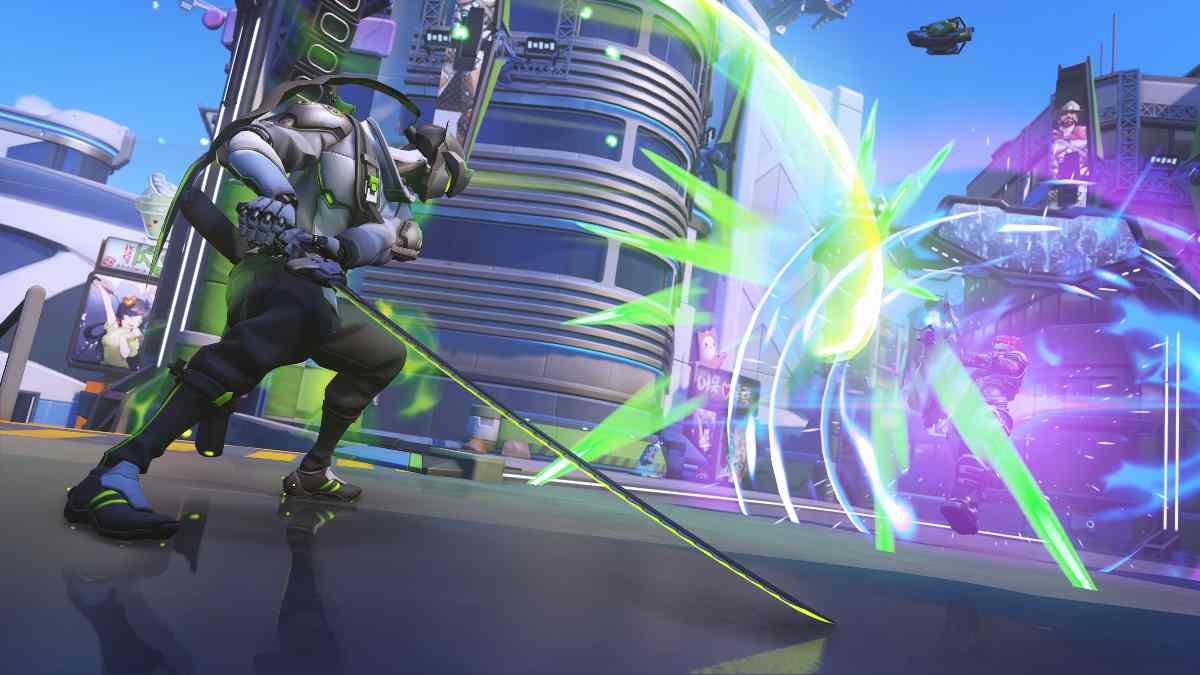
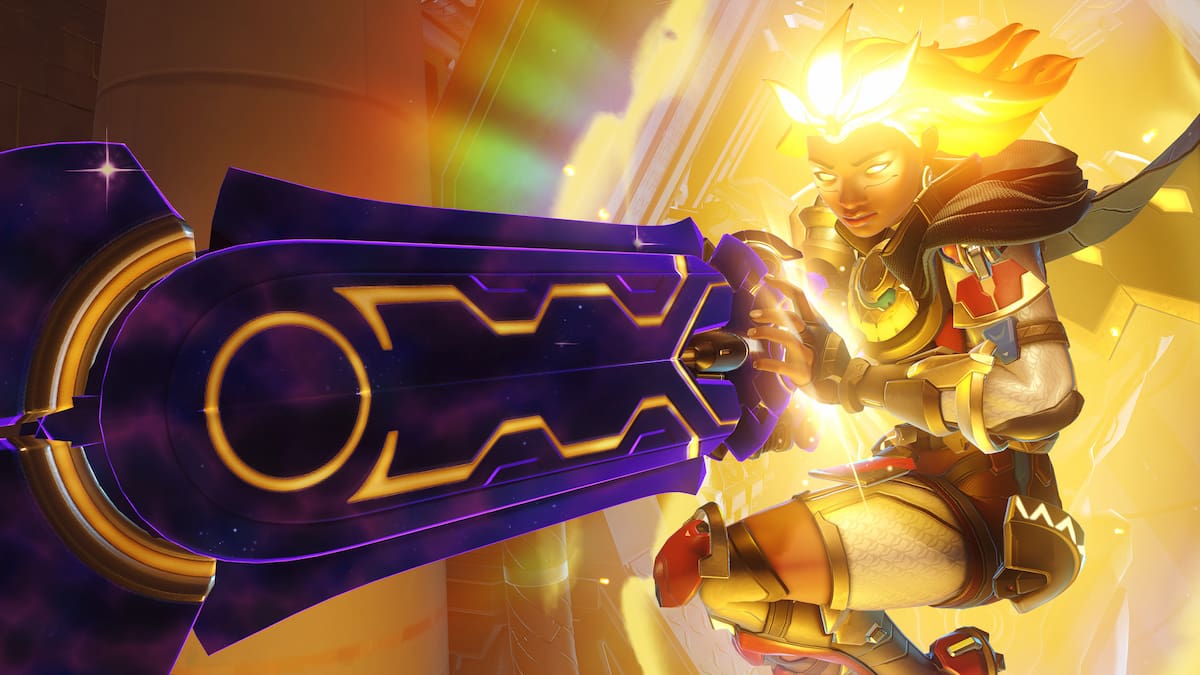
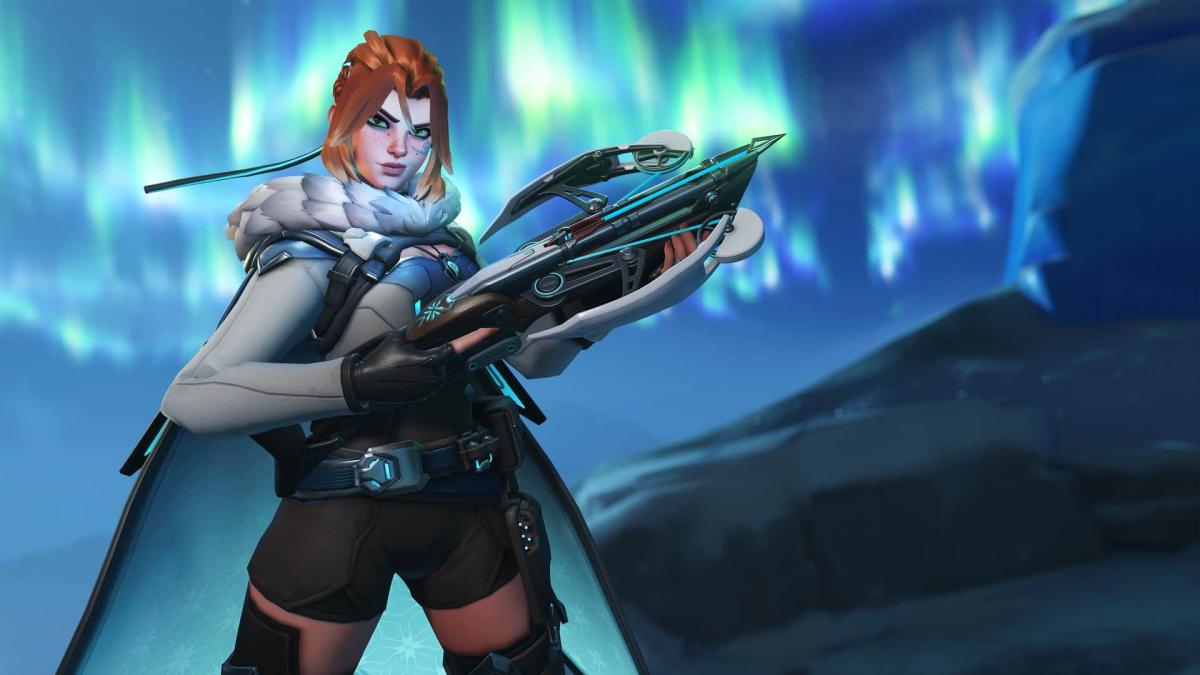


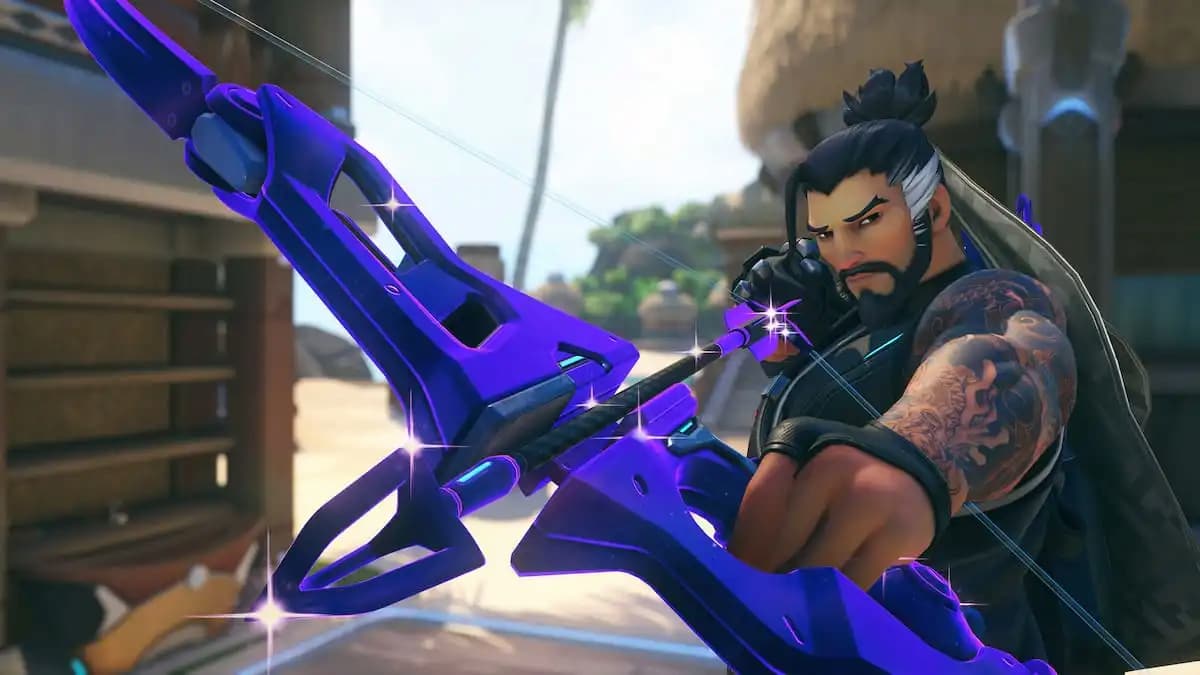

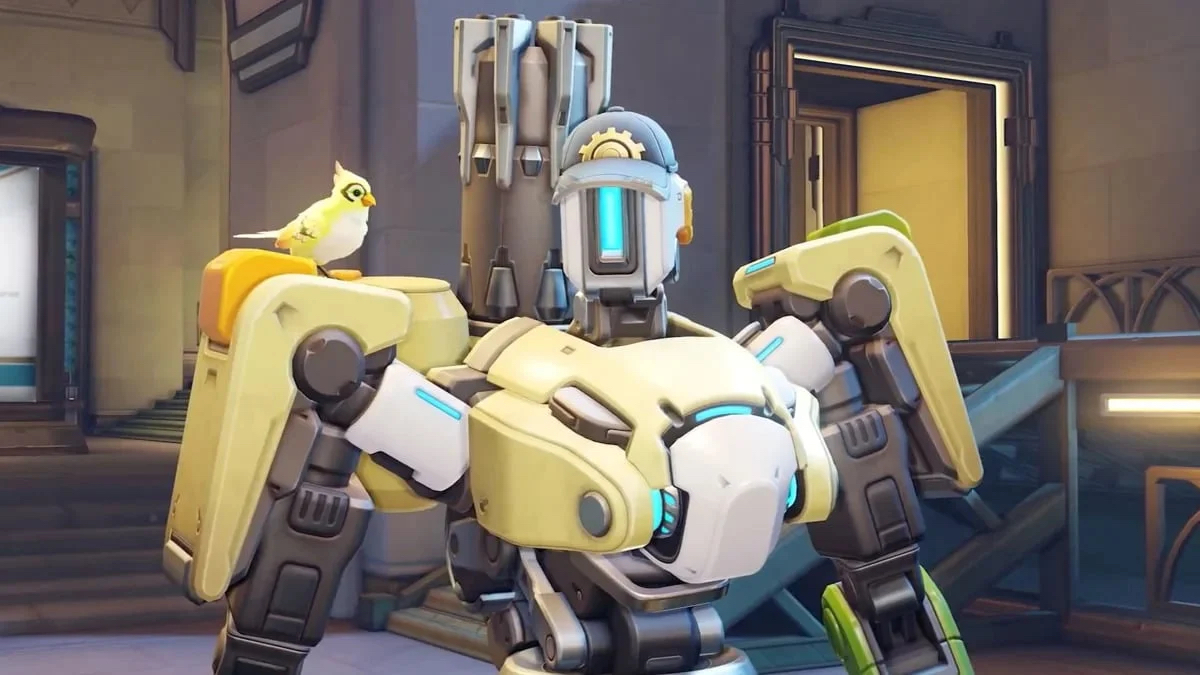
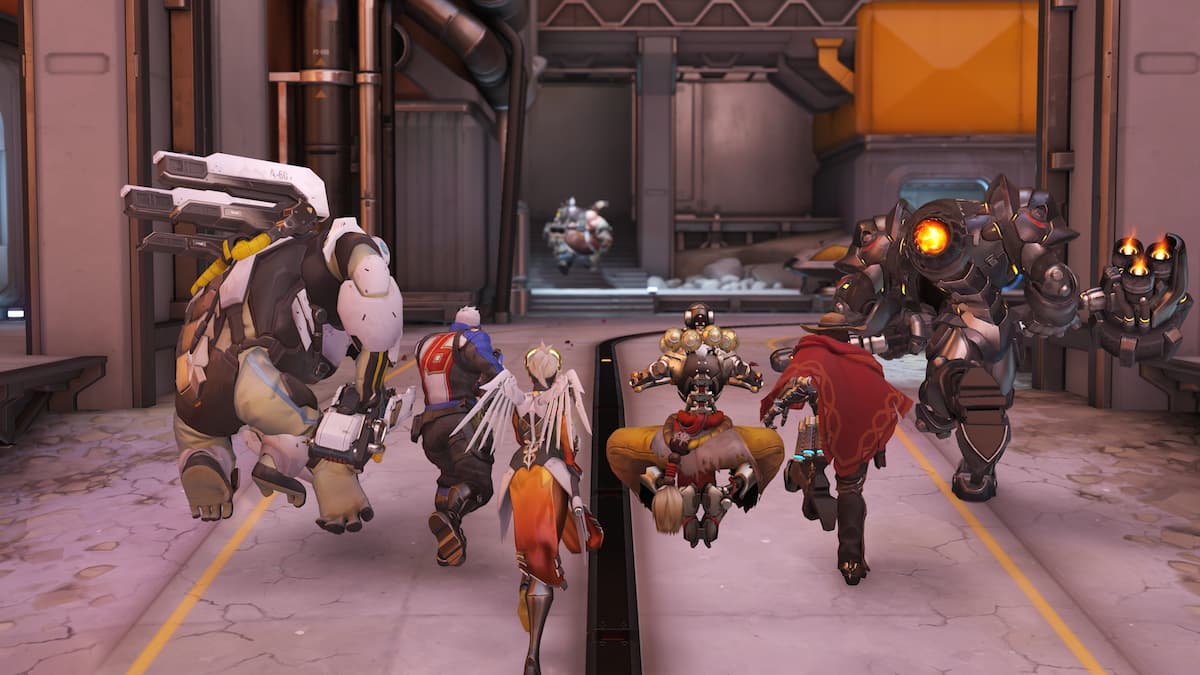
Published: Apr 19, 2017 02:10 pm